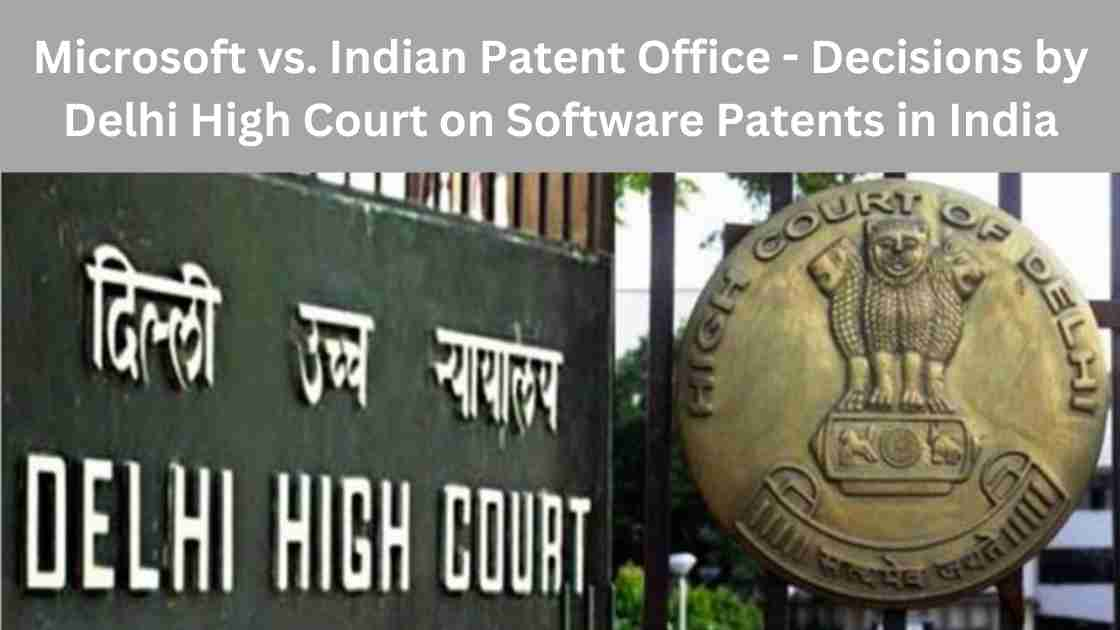Tag: Patent Eligibility

Non-Patentable Subject Matter Under Section 3 of the Indian Patents Act, 1970
The Indian Patents Act, 1970, outlines the framework for granting patents and specifies the types of inventions that are patentable in India. A crucial aspect of this Act is Section 3, which enumerates various categories of inventions that are not patentable. Understanding these exclusions is essential for inventors, legal practitioners, and businesses seeking patent protection in India. This article delves into the intricacies of Section 3, highlighting the non-patentable subject matter and providing insights into the rationale behind these exclusions. Section 3 of the Indian Patents Act, 1970 Frivolous or Contrary to Natural Laws (Section 3(a)) Inventions that are frivolous or claim something obviously contrary to well-established natural laws are not patentable. Example: A machine claimed to generate energy without any input (a perpetual motion machine) would be excluded from patentability because it contradicts the law of conservation of energy. To become patent-eligible, the invention could be modified to operate…

Interpretation of Section 3(i) of the Indian Patent Act, 1970 in the Context of Non-Invasive Prenatal Testing
Introduction The advent of Non-Invasive Prenatal Testing (NIPT) has revolutionized prenatal diagnostics, enabling expectant parents to assess the genetic health of the fetus without invasive procedures. However, the eligibility of such diagnostic methods for patent protection, especially in light of Section 3(i) of the Indian Patent Act, 1970 (as amended) has been a subject of considerable legal debate. This article provides a detailed exploration of the Hon’ble Madras High Court’s judgment in the matter of The Chinese University of Hong Kong Knowledge Transfer Office and Sequenom, Inc vs The Assistant Controller of Patents & Designs[1], shedding light on the technical and legal aspects that guided the court’s decision-making process. Non-Invasive Prenatal Testing (NIPT) Non-Invasive Prenatal Testing (NIPT) involves analyzing cell-free fetal DNA present in the maternal bloodstream to detect genetic abnormalities in the fetus. Unlike traditional prenatal testing methods that carry inherent risks, NIPT offers a safer and more accurate…

Recent FAQs Published by the Indian Patent Office on Form 27
The Indian Patent Office recently released a comprehensive FAQ document…

A Comprehensive Guide to Patent Searches: Types, Examples, and When to Use Them
Patent searches are a crucial aspect of the patenting process.…

Microsoft vs. Indian Patent Office – Decisions by Delhi High Court on Software Patents in India
The part of this series focuses on the…

Case in Point: Sun Pharma Ltd vs. DWD Pharma Ltd
Case in Point is a new series where…
Categories
Recent Discussions
Recent FAQs Published by the Indian Patent Office on Form 27
The Indian Patent Office recently released a comprehensive FAQ document regarding Form 27, aimed at clarifying the requirements and procedures for patentees and…
Recent Discussions
A Comprehensive Guide to Patent Searches: Types, Examples, and When to Use Them
Patent searches are a crucial aspect of the patenting process. Whether you're an inventor, entrepreneur, or a legal professional, understanding the different types…
